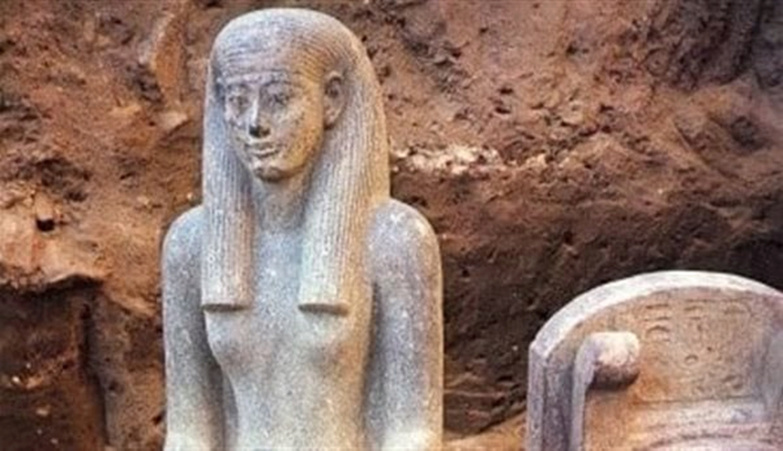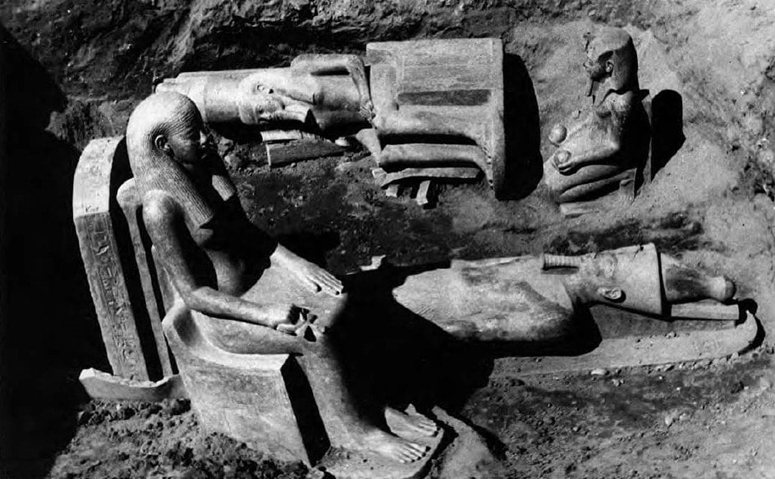Luxor Museum displays a statue of the goddess Ionet

The Antiquities Museum in Luxor displays a statue of the goddess Ionet, whose place of worship was the Armant area in the fourth region of Upper Egypt.
Armant was the main cult center for the goddess “Ionite,” who was associated with the god “Mentu,” the god of war in ancient Egypt, and was considered his wife.

Statue of the goddess Ionet
The goddess Iunit bore many titles, including: “Daughter of Ra, Lady of Heaven, and Great Magician.”

Statue of the goddess Ionet
The statue depicts the goddess Iunit sitting, wearing a long knitted robe, a wig covering her head, and holding in her right hand the “Ankh” sign, the symbol of life. The statue dates back to the New Kingdom, 18th Dynasty, and is made of gray granite.
The museum also displayed a statue of King Horemheb and the god Atum. Horemheb was the last king of the 18th Egyptian dynasty in the history of ancient Egypt.
The statue was made of diorite stone, and depicts King Horemheb in the official guise kneeling before the god Atum, also in the official guise, and they were fixed on the base with a cavity. On either side of the chair on which the god Atum sits is a view of a sign in the ancient Egyptian language called “Sama Tawi,” which means monotheism. It depicts a traditional view of the deity Heabi.
Source: websites

